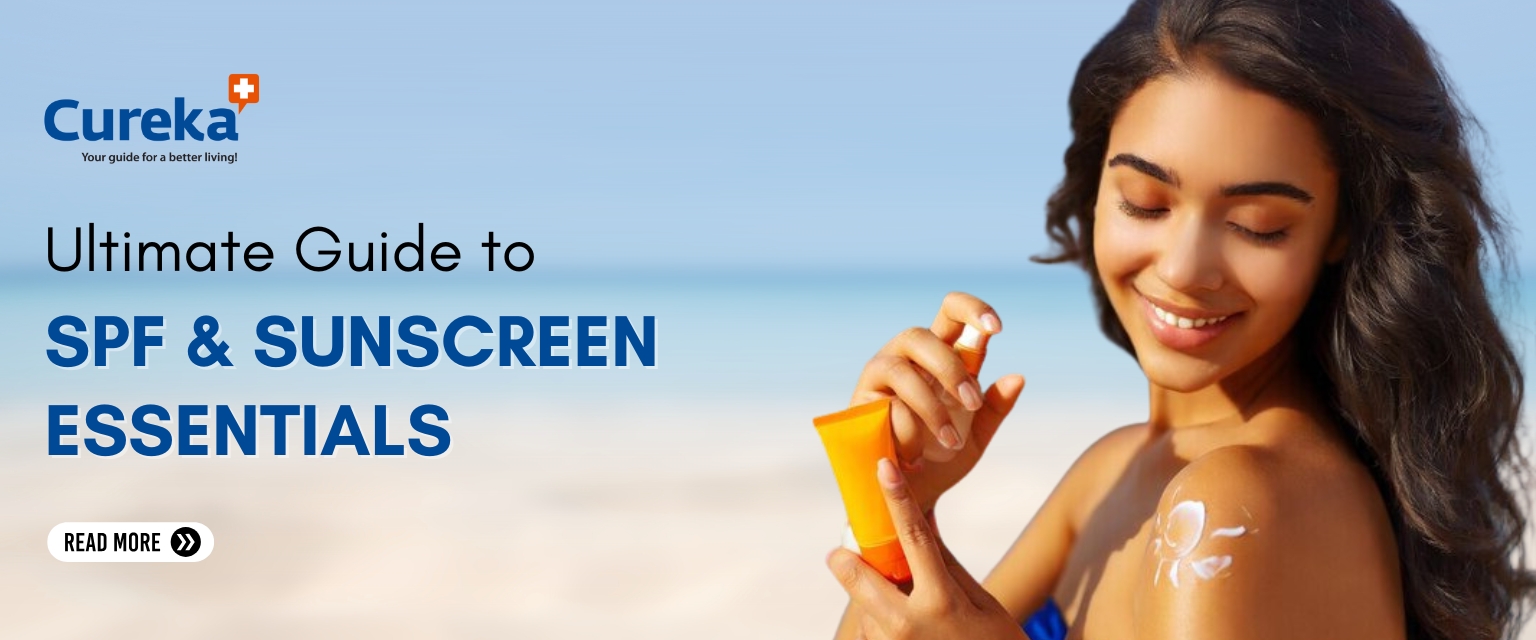The Ultimate Guide to SPF and Sunscreen Essentials
In the ever-evolving world of skincare, sunscreen stands as the frontline defender against the harmful effects of the sun. As facial skin is often more exposed and delicate, understanding the intricacies of SPF and sunscreen becomes essential. This comprehensive guide will delve into the science behind SPF, the benefits of sunscreen for face, and tips for choosing the best sunscreen for you.
What is SPF?
To truly understand SPF, it’s important to recognize the effects of UVA and UVB rays on the skin:
- UVA rays: Often termed “aging” rays, UVA rays penetrate deeply into the skin, leading to premature aging, wrinkles, and discoloration. They can even penetrate glass, impacting you indoors.
- UVB rays: Known as “burning” rays, UVB rays are the primary cause of sunburn and do not penetrate glass.
Despite their different impacts, both UVA and UVB rays can damage skin with overexposure, making sun protection essential.
UVB Protection Metric: SPF
The Sun Protection Factor (SPF) measures a sunscreen’s ability to filter UVB rays. Dermatologists typically recommend an SPF 30 for everyday protection, while SPF 50 offers increased coverage for prolonged exposure. Here’s how SPF values correlate with protection levels:
- SPF 15: Blocks approximately 93% of UVB rays
- SPF 30: Blocks around 97% of UVB rays
- SPF 50: Provides up to 98% UVB protection
UVA Protection Metric: PA Rating
UVA protection is indicated by the PA rating (Protection Grade of UVA), with ratings like PA++ providing moderate protection and PA++++ offering the highest defense. Japan pioneered the PA system, which has since become a standard for evaluating UVA protection worldwide.
Choosing the Right Sunscreen for Your Skin Type
To select the best sunscreen for your skin, it’s essential to understand your specific skin type:
- Oily or Sensitive Skin: Look for oil-free, non-comedogenic sunscreens that prevent clogging pores.
- Dry Skin: Opt for hydrating and moisturizing formulations to maintain skin moisture.
Broad-Spectrum Protection
For effective defense, select a broad-spectrum sunscreen that protects against both UVA and UVB rays. This ensures comprehensive coverage against both aging and burning effects.
Key Tips for Choosing the Right SPF Sunscreen
Broad-Spectrum:
Ensure it’s labeled “broad-spectrum” to guard against both UVA and UVB.
Water Resistance:
If you’re active or sweat frequently, choose a water-resistant sunburn avoiding sunscreen for reliable protection during activities. Water-resistant sunscreens are essential for anyone involved in water activities or prone to sweating. However, even with water-resistant formulations, reapplication is crucial after swimming or heavy perspiration to maintain coverage.
SPF and Lifestyle:
The choice of SPF should align with your lifestyle. For example:
- SPF 30: Suitable for indoor or limited sun exposure.
- SPF 50: Ideal for outdoor activities or sensitive skin prone to sunburn.
Importance of Daily Sunscreen Usage:
Incorporating sunscreen into your daily routine goes beyond UV protection. Here’s how sunscreen for face benefits skin health:
- Anti-Aging: Slows the appearance of wrinkles, fine lines, and age spots.
- Evens Skin Tone: Reduces dark spots for a smoother, even tone.
- Supports Skin Elasticity: Preserves collagen, promoting firmness and elasticity.
Key Ingredients to Look for in the Best Sunscreen:
Understanding sunscreen ingredients can enhance your sun protection routine:
- Mineral-Based: Zinc Oxide and Titanium Dioxide are physical blockers that reflect UV rays off the skin.
- Chemical Filters: Ingredients like Avobenzone offer effective UVA protection.
Conclusion
Choosing the right SPF sunscreen is critical for long-term skin health. By understanding SPF, recognizing your skin type, and selecting formulations suited for your lifestyle, you can find the best sunscreen that not only provides protection but also contributes to overall skin health. Prioritize daily application to keep your skin radiant and youthful, even under the sun’s rays.
Reference
- Sunscreen and Photoprotection – July 17 2022- https://www.ncbi.nlm.nih.gov/books/NBK537164/











